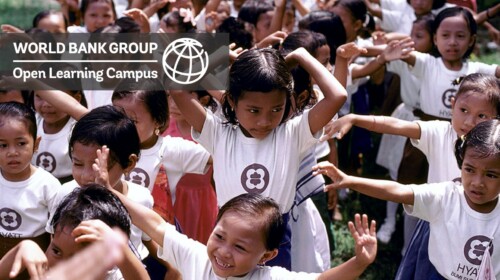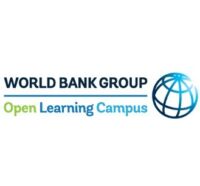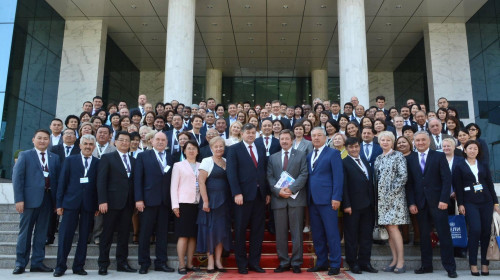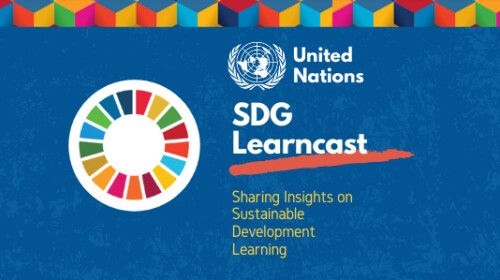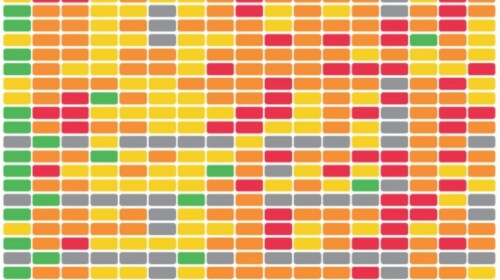Civil registration (CR) is the recording of vital events in a person’s life (e.g., birth, death) and is a fundamental function of the national government. Birth registration establishes an individual’s legal identity at birth. Having a legal identity, name, nationality, proof of age, and the related are important human rights and enables individuals to exercise their rights (e.g., to vote) and enjoy various government, social, and private services. Vital statistics (VS) are statistics on these vital events and of the persons concerned. The availability of reliable and up-to-date VS depends on the level of development of CR. Having an effective CRVS system is critical for planning and monitoring programs across several sectors. Yet, over 110 low- and middle-income countries have deficient CRVS systems. This course provides practical tools and approaches to achieving 21st century state-of-the-art CRVS systems that are linked to identity management systems and tailored to local contexts. This self-paced format is offered for busy professionals who are able to take the course at their own pace and finish at any time. Learners will receive a Basic Level Certificate after successfully completing Core Modules 1-3 and can subsequently enroll in the Facilitated format to receive an Advanced Level Certificate.
Target Audience
- Policy makers and personnel working on civil registration and national statistics
- University students interested in pursuing a career in CRVS
- Others such as epidemiologists, statisticians, demographers, public administrators, and researchers
- Personnel working in nongovernmental organizations and multilateral and bilateral development organizations
Learning Objectives
Learners who complete all 13 modules will be able to:
- State the characteristics and primary functions of CRVS systems and the process for notification, registration, and certification of vital events (births, deaths, marriage, divorce and adoption), bottlenecks of CRVS systems in low- and middle-income countries and lessons learned through the experience of running CRVS systems in various country contexts
- Describe the legal and institutional framework for CRVS systems and how some countries’ CRVS systems have been integrated with other systems, such as national Identity Management (IDM) systems and population registers
- Describe how to generate vital statistics from civil registration data to monitor and improve national and subnational plans, and how to present and disseminate vital statistics, including how to write a vital statistics report
- Explain the governance and management of enterprise IT for digitization of CRVS, and how to use the CRVS Digitisation Guidebook to maximize the effect of Information and Communications Technology (ICT) investments and ensure that CRVS systems are effective, scalable, and financially sustainable
- Describe the process of CRVS system assessment and development of a strategic plan for improving CRVS systems
- Describe the Importance of Identity Management (IDM) systems and the intrinsic link with civil registers
- Describe civil registration for refugees, Internally Displaced Persons (IDPs), and stateless persons and their unique vulnerabilities.

